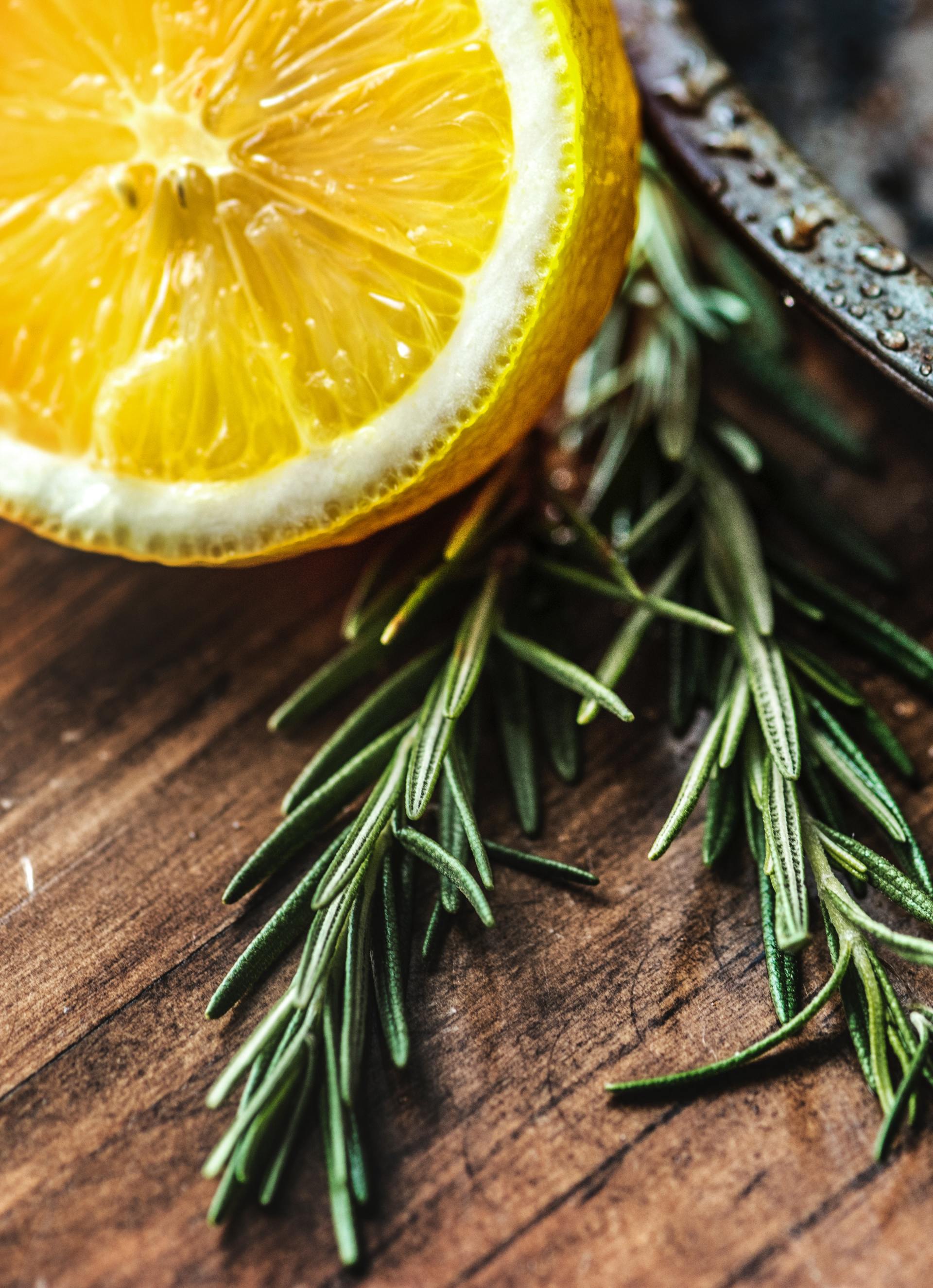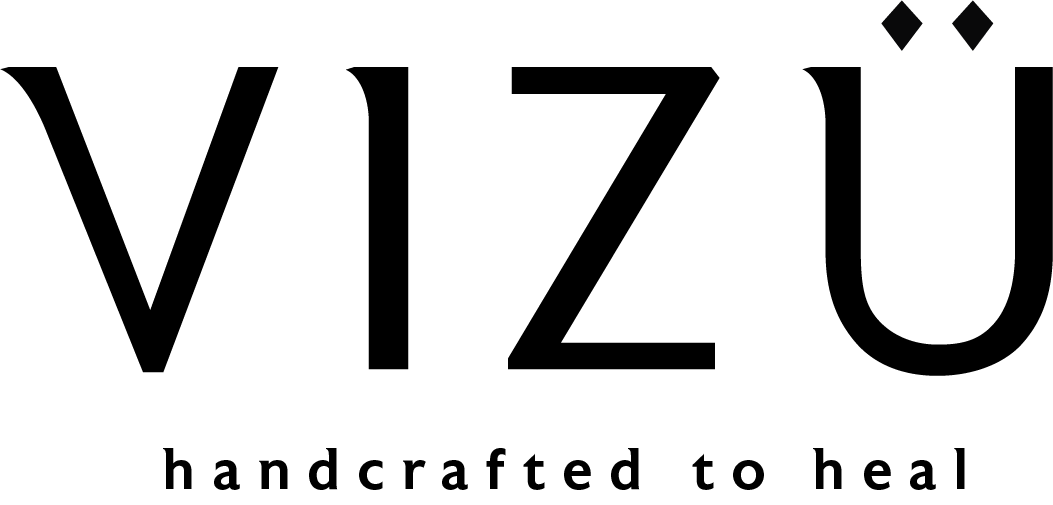Free delivery within Singapore for all orders above $85.
Parcels are shipped out every Thursday, please indicate "urgent" for priority. Thank you for your patience!
Rosemary ethereal oil
10ml 20 sgd / 30ml 35 sgd
Botanical name: Rosmarinus officinalis ct. cineole
Origin: Tunisia
Extraction: Steam distilled
Plant part : Aerial parts - flower tops & leaves
Scent: Fresh, strong, minty herbaceous and a woody-balsamic undertone.
Aromatherapy: Enhances memory, supports weak respiratory system, disinfectant.
Skin/bodycare: Supports hair growth, helps remove cellulite, relieves muscle aches and body pains.
Blends well with: Frankincense, Lavender, Lavandin, Citronella, Oregano, Thyme, Pine, Basil, Peppermint, Elemi, Cedarwood, Cinnamon bark and other spice oils.
Precaution: DO NOT apply or instill near the face of infants or children up to 10 years of age.
Rosemary chemotype
The designation of chemotypes (ct) of an essential oil is necessary when distinctly different chemical compositions of the same species are produced, and due to their different compositions, these oils can be applied to varying purposes. Rosemary ct. Cineole is said to be especially useful against staph and strep bacteria, including E. coli and Candida albicans. Its camphor content is lower than some of the other chemotypes of Rosemary, and it also has a lower ketone content than the Verbenone chemotype. Rosemary’s ability to easily penetrate the skin is due to its higher cineole content, likening it to a liposome in that it is a skin permeation enhancer.
Best before May 2024 (BN0421), Sept 2021 (BN1901)

Rosmarinus officinalis ct. cineole
The Northumbria University have conducted a research to evaluate that the exposure to rosemary EO had higher blood levels of a compound called 1,8-cineol, a brain-functioning boosting component, which resulted in the subjects to perform faster and more accurately during the experiments. Also, the inhalation of the aroma of Rosemary essential oil has been shown to enhance cognition in humans.
Rosemary EO improves digestion and is especially useful for expelling excess mucous in the respiratory system. It’s stimulating action on hair follicles and circulation in the scalp is also useful for encouraging hair growth, and may be effective in dissolving hair plugs in the scalp, which is a condition associated with hair loss. Researchers have studied that Rosemary has antioxidant potential to protect tissues and cells against various oxidative stresses.
One of the earliest plants to be used for food, medicine and magic. This herb is being regarded as sacred in many civilizations. The ancient Greeks and Romans used it as a symbol of regeneration and the sprigs of rosemary were burnt at their shrines.
During the Middle Ages, fumigations were employed to drive away evil spirits, and rosemary was also used as a protection against plague and infectious disease.
The Arabs greatly value rosemary. They used the powdered herb as an astringent and antiseptic treatment. The Spanish considered a combination of salt and pounded rosemary to be the finest of all wound assistant. Former days gypsies also value their concoction of flowering rosemary sprigs water as a cure-all and a beautifier for women.
Hair growth wonder shampoo
- Simply add 30 drops of rosemary EO to 100ml plant-based shampoo of your choice.
- Combine parsley seed, rosemary and sage for hair growth synergy benefits.
Decongestant vapour rub
- Using the double boiler method, melt 1 tablespoon of candelilla wax into ½ cup of sweet almond oil.
- Add in 10 drops Rosemary EO, 20 drops Eucalyptus EO, 20 drops Peppermint EO and mix well
- Pour into a clean ointment jar. Use this on the nose, temples, cheekbones, chest, soles of feet to chase away respiratory congestion brought by colds, cough and flu.
- When using for infants, reduce the essential oils by half and apply to chest and soles of feet only.
Non-toxic, non-irritant (in dilution only), non-sensitizing. Rosemary ct. Cineole is not to be applied or instill near the face of infants or children up to 10 years of age. Although Rosemary essential oil has GRAS (Generally Recognized as Safe) status, recommend avoiding use with small children, people over the age of 60, epileptics, pregnant and/or nursing women, and those with high blood pressure.
VIZU ORGANICS
Serving humankind & protecting aromatic medicinal plants since 2016.
Imported ingredients from direct manufacturers/distillers/farmers.
Proudly formulated and crafted in Singapore.
Company registration no: 53392620C
Last updated March 2024
